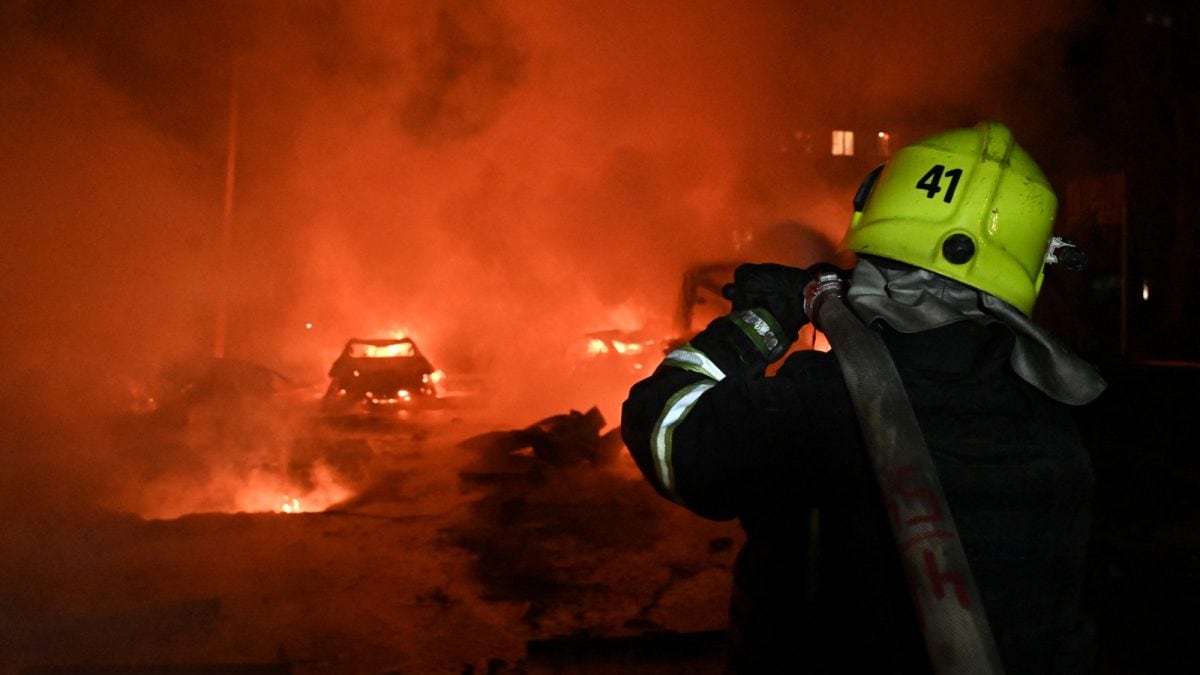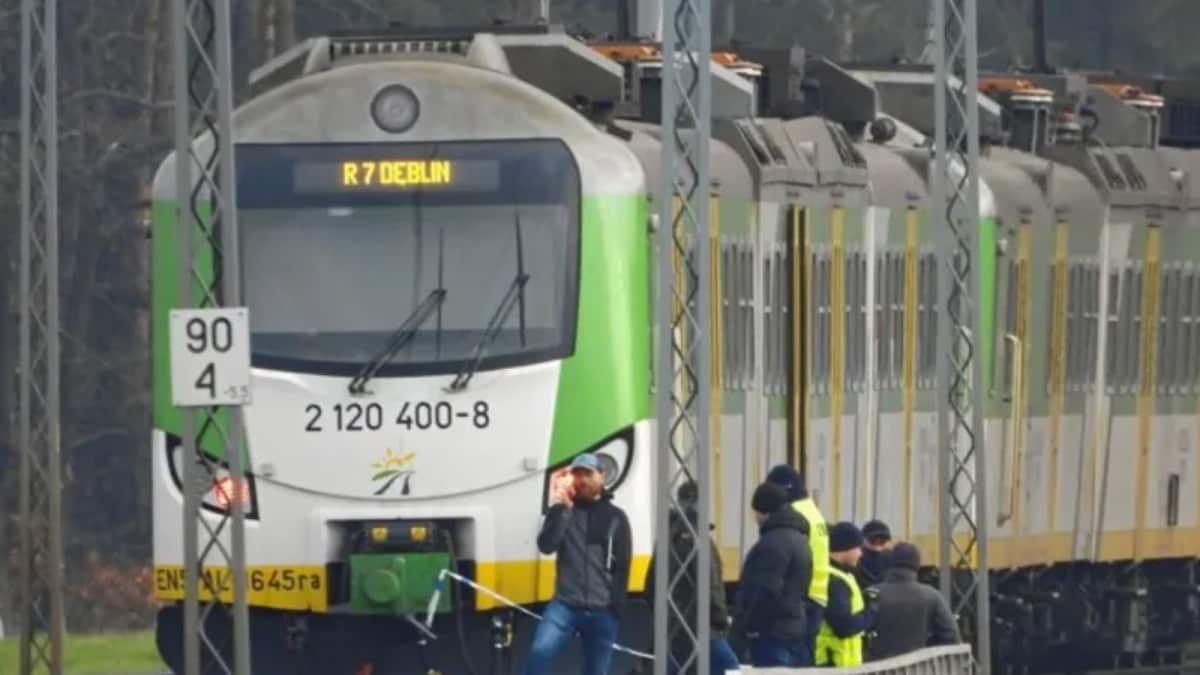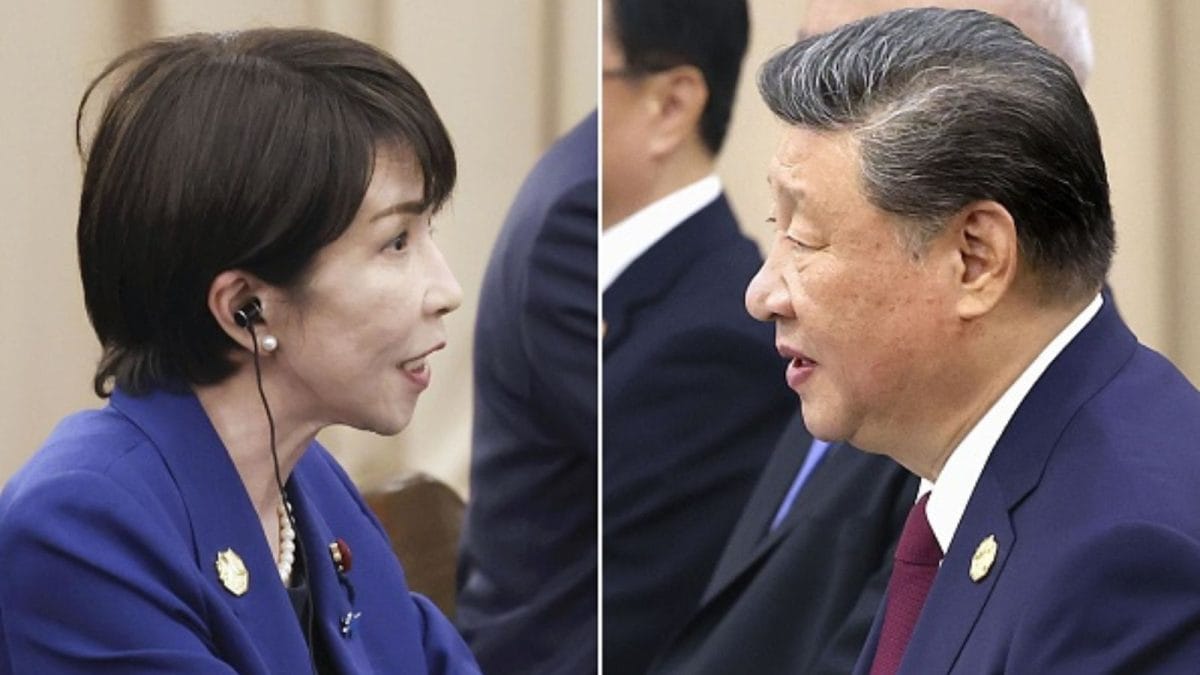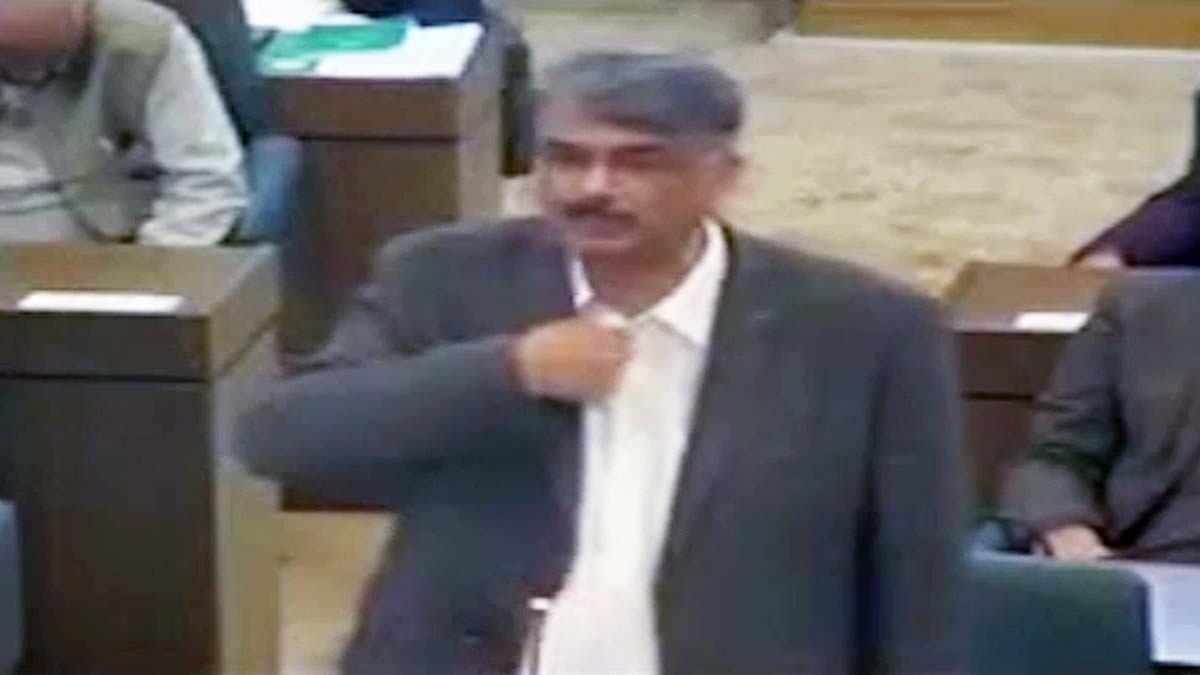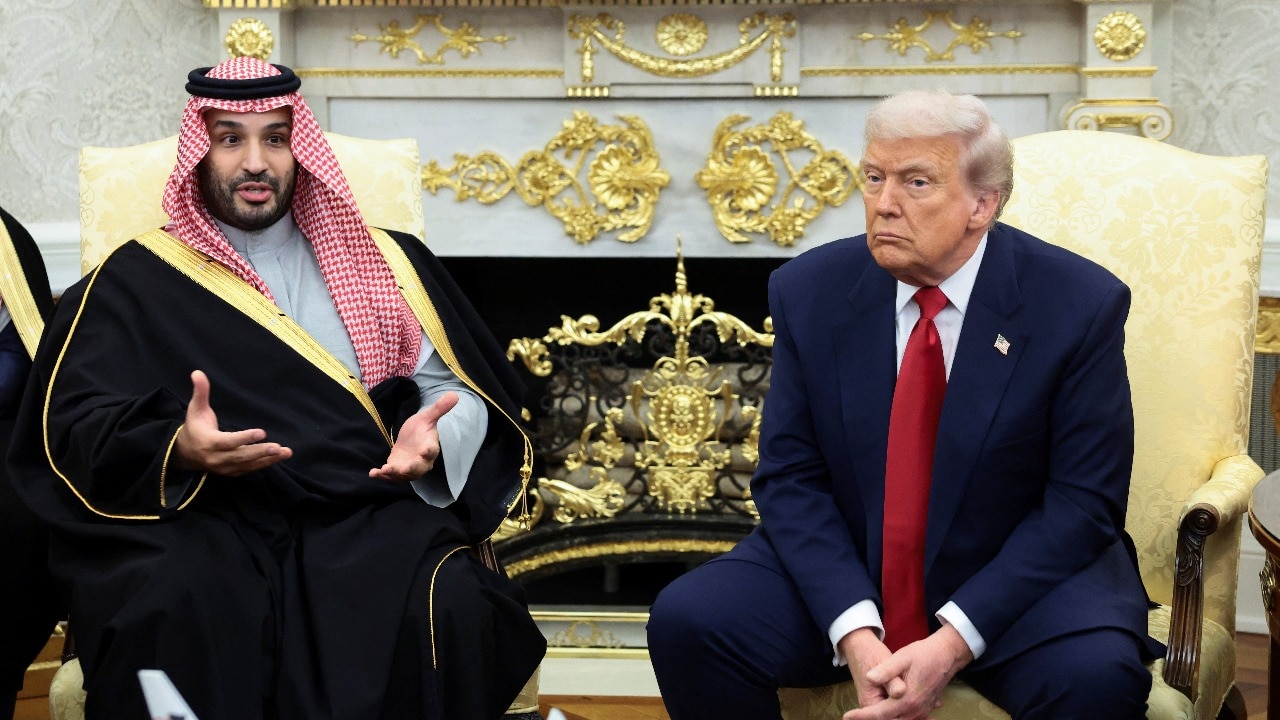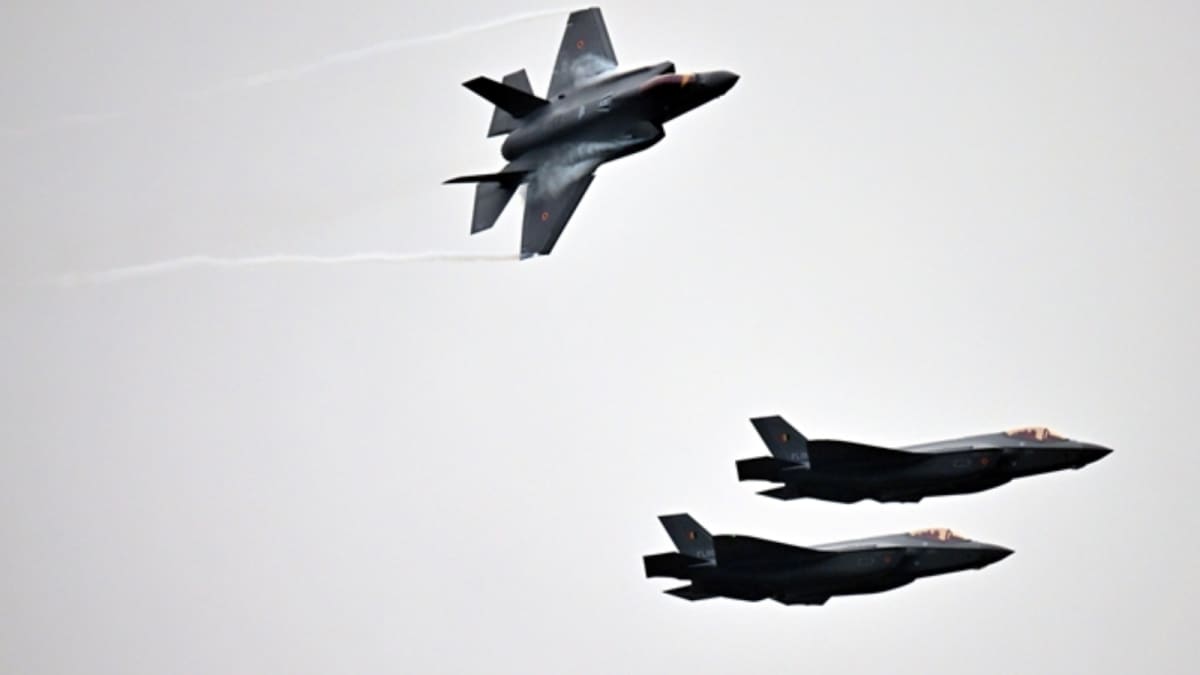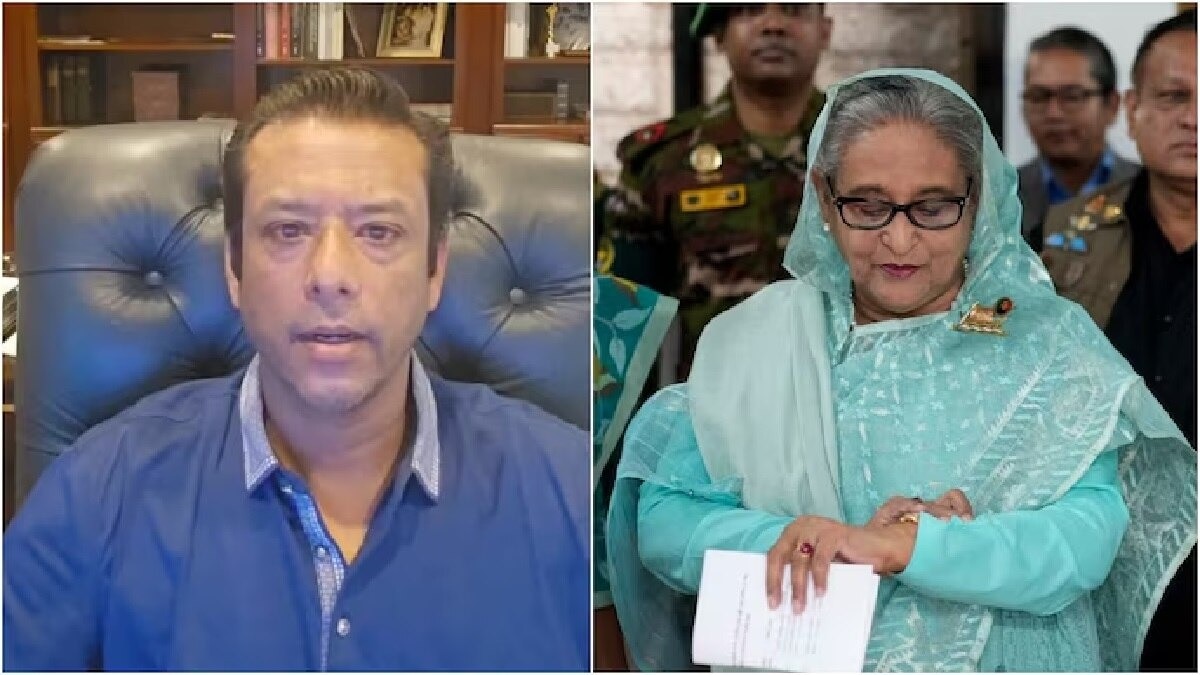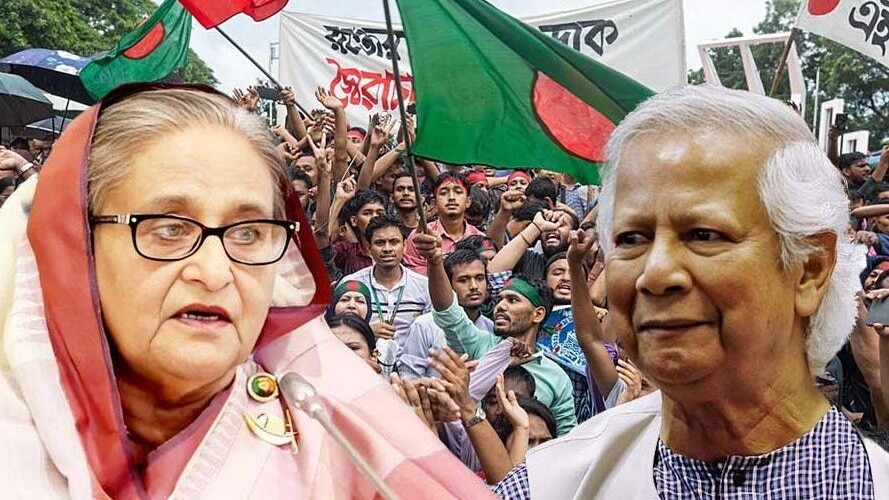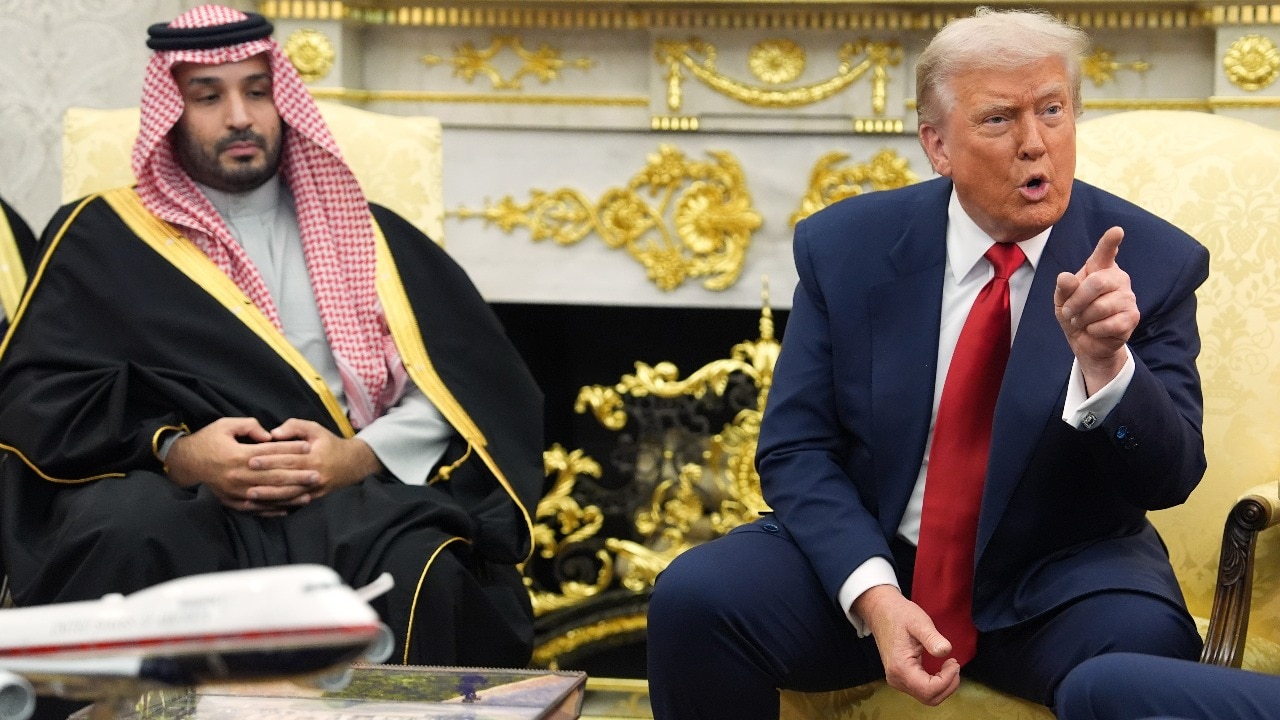Last Updated:November 19, 2025, 15:13 IST
Gen Z, once dismissed as apolitical or screen-obsessed, is reshaping dissent with sharp digital fluency and global coordination, pushing for change without waiting for permission

Youth unemployment is rising across several economies, and climate disasters keep deepening the sense that their futures are being taken from them (Image: Getty)
From Lima to Casablanca, from Dhaka to Nairobi, the world is watching a generation step out of the margins and into the heart of political confrontation. Kathmandu’s streets were still smouldering when the protests leapt continents. The latest flashpoint came in Mexico on 15 November, thousands of young citizens rallied across major cities after the killing of Carlos Alberto Manzo Rodríguez, the mayor of Uruapan.
Similar to Nepal, when a sudden government order to curb social media spiralled into a full-blown revolt that ended with the prime minister’s fall in less than two days. Weeks later, the same restless energy surfaced in Mexico, where thousands of young people converged across cities to denounce violence, corruption and a state they believe has lost control.
The contours of each protest differ, but the underlying frustration is the same. Inequality is rising, opportunities are shrinking, and political elites continue to operate in insulated bubbles. For Gen Z, the social contract feels broken and 2025 is the year they stopped pretending otherwise.
Countries Where Gen Z Protest Movements Are Forcing Change
Born between 1997 and 2012, Gen Z entered adulthood amid economic crashes, climate catastrophe, polarisation and the pandemic’s brutal exposure of inequality. They know instability intimately. Yet they also possess the tools — digital coordination, global solidarity, a nimble social media language, and an instinct for mass mobilisation to transform discontent into organised pressure.
Mexico
The Mexico City’s anti-cartel clashes, where youth are ditching algorithms for barricades. On 15 November, thousands stormed Mexico’s Palace, ripping down barriers in fury over Uruapan Mayor Carlos Manzo’s public assassination by cartels, a hit that exposed what protesters call a “narco-state." Over 120 injured, 20 arrested, pirate flags waving like Jolly Rogers from One Piece.
For a generation raised amid a backdrop of kidnappings, disappearances, and staggering violence, over 30,000 killings every year since 2018 this protest seems to be more than just about one murder. It was about a state that feels unable or unwilling to guarantee basic safety. Young Mexicans see the escalating violence as a sign of a governance model buckling under its own weight.
Morocco
In Morocco, the streets have throbbed with the chants of “GenZ 212", a decentralised youth movement capturing both anger and ambition. Most of the demonstrators are students or unemployed graduates, a painful snapshot of a country where education doesn’t necessarily lead to jobs.
Their demands are pointed: fix healthcare, repair the education system, and prioritise social justice. They argue that billions poured into 2030 World Cup infrastructure have sidelined real human needs. Their frustration is not abstract; it is lived reality.
Peru
Peru’s youth protests began with a pension reform announcement on September 20, but the anger quickly broadened. President Dina Boluarte’s approval rating has plunged to 2.5% a number that reads almost symbolic.
The grievances pile up fast- corruption scandals, rising crime, economic stagnation, and the trauma of state violence. For many young Peruvians, the political system feels hollow. Their mobilisation is less about policy tweaks and more about reclaiming a democracy they feel has slipped away.
Nepal
The generational story of 2025 is incomplete without Nepal. When the government abruptly banned 26 social media platforms, Gen Z took it as a direct attack on their most essential civic space. What followed was unprecedented.
In under 48 hours, Kathmandu saw government buildings torched, mass unrest, and the resignation of the prime minister. Twenty-two lives were lost, hundreds were injured, and the entire political landscape shifted. Nepal’s uprising wasn’t merely a protest — it was a generational announcement.
Bangladesh & Sri Lanks
The Nepal revolt wasn’t isolated. It echoed earlier seismic shifts across the region:
In 2024, Bangladeshi students and young voters forced out Sheikh Hasina after more than 15 years in power.
In 2022, Sri Lanka’s Aragalaya movement led by young people toppled the Rajapaksa political dynasty.
These were not traditional movements shaped by long-established leaders. They were fluid, digital, decentralised — powered by frustration and possibility in equal measure.
Kenya
Kenya’s Gen Z, fresh from 2024’s Finance Bill storming of Parliament, reignited in June 2025 over blogger Albert Ojwang’s police custody death, sparking nationwide outrage against brutality and austerity. By July’s “Saba Saba" anniversary, 31 killed in one day alone, as per human rights reports. Digital tools evade bans; youth demanded growth amid 40% unemployment. Although president William Ruto’s cabinet shuffle bought time, but X Spaces fuel ongoing trauma and calls for socialist pipelines.
Madagascar
Madagascar’s Gen Z exploded in September 2025 over chronic power and water outages, birthing “Gen Z Madagascar" on Facebook with 100K followers overnight. By October 14, protests toppled former President Andry Rajoelina, who fled via French aircraft; military mutineers backed youth, installing Col. Michael Randrianirina.
Cameroon
Cameroon’s 12 October, election, Paul Biya’s eighth term at 92, ignited Gen Z fury over fraud, excluding rivals like Maurice Kamto. Protests erupted nationwide: barricades burned in Douala (four dead), stones flew in Garoua, HQ torched in Dschang.Nearly 70% of the population is under 35, and young people are speaking out about unemployment, power cuts and a government they feel has stopped listening. Even as authorities try to curb online organising, activists are slipping past shutdowns through X and VPNs.
Tanzania
Tanzania’s disputed 29 October 2025 election, marked by the exclusion of opposition groups like Chadema, ignited widespread anger among young voters. Polling centres were vandalised, a BRT bus was set on fire in Dar es Salaam and roadblocks appeared across Arusha. UN estimates suggest more than 500 people were killed, with 240 facing treason charges. Young protesters, echoing Kenya’s recent unrest, organised through social platforms despite repeated blackouts. Funerals have drawn huge crowds, and demands for an independent inquiry continue, even as security forces move to stamp out what many describe as a “tribeless" and leaderless push for a fair vote.
Do These Global Movements Echo of the Arab Spring?
The current wave of youth-led unrest carries faint reminders of the Arab Spring. Back in 2010 and 2011, social-media-driven movements swept across the Middle East, briefly raising hopes of a democratic reset. Most were swiftly suppressed or derailed, and even Tunisia – once held up as the lone success – has slid back into authoritarian rule under President Kais Saied. A decade on, analysts pointed out that the uprisings’ greatest strength was also a weakness: they were organic, leaderless and deeply popular, yet too fragmented to turn public momentum into lasting political power. Gen Z activists today are trying to avoid that same trap.
What is The Common Thread Across Continents?
The geography changes, but the script rarely does. Whether it’s Nairobi, Jakarta, Manila, or Rabat, young people cite three recurring realities:
1. A future that feels out of reach
Gen Z grew up with the financial crash, the climate emergency, widening inequality, and a pandemic that exposed how uneven the world can be. Their worries are not theoretical; they’re financial, social, and existential.
2. A democracy that feels performative
Multiple global surveys show declining youth trust in political institutions. Most believe politicians don’t listen to them, and many feel traditional forms of participation — voting, joining parties, writing letters — are outdated and ineffective.
3. A digital skillset that changes everything
This is the first generation with the ability to organise at scale without leaders.
Protests spread via TikTok edits, Discord channels, encrypted chats, and Instagram livestreams. There’s no central command, no obvious negotiator — and that makes these movements flexible, fast, and hard to suppress.
Why Is Gen Z Anger Converging in 2025?
2025 has become a perfect storm. Living costs are spiralling in many countries, making independence feel out of reach. Political leaders often seem detached from the realities facing younger citizens, while corruption scandals have eroded the last bits of trust in public institutions. Youth unemployment is rising across several economies, and climate disasters keep deepening the sense that their futures are being taken from them. Gen Z isn’t on the streets for the thrill of protest, but because the systems they’ve inherited no longer serve them.
One striking difference between Gen Z movements and earlier uprisings is the speed at which tactics, slogans, and symbols travel across borders. Young people in Peru referenced the Nepali uprising on social media. Protesters in Madagascar and Morocco have used strategies honed in Sri Lanka and Bangladesh. Even the pirate flag from the anime One Piece- straw hat, skull, crossbones has become a symbol of rebellion from South Asia to North Africa.
What These Moment Means for Governments Across The World?
If 2025 has revealed anything, it’s that young people are no longer waiting for space in politics; they’re creating it themselves. Their movements are pushing uncomfortable questions into the mainstream: what accountability looks like in a hyper-connected world, how governments can engage citizens who have no interest in joining traditional parties, and what representation means when most elected leaders are far older than the people they serve.
There’s also the deeper challenge of restoring faith in institutions that many believe were never built with them in mind. The message is blunt- governments willing to evolve may hold their ground; those that resist risk facing far more than scattered unrest.
First Published:
November 19, 2025, 15:13 IST
News world Is 2025 The Year Of Gen Z? How Youth Is Challenging Traditional Governance Across The World
Disclaimer: Comments reflect users’ views, not News18’s. Please keep discussions respectful and constructive. Abusive, defamatory, or illegal comments will be removed. News18 may disable any comment at its discretion. By posting, you agree to our Terms of Use and Privacy Policy.
Stay Ahead, Read Faster
Scan the QR code to download the News18 app and enjoy a seamless news experience anytime, anywhere.


 1 hour ago
1 hour ago
